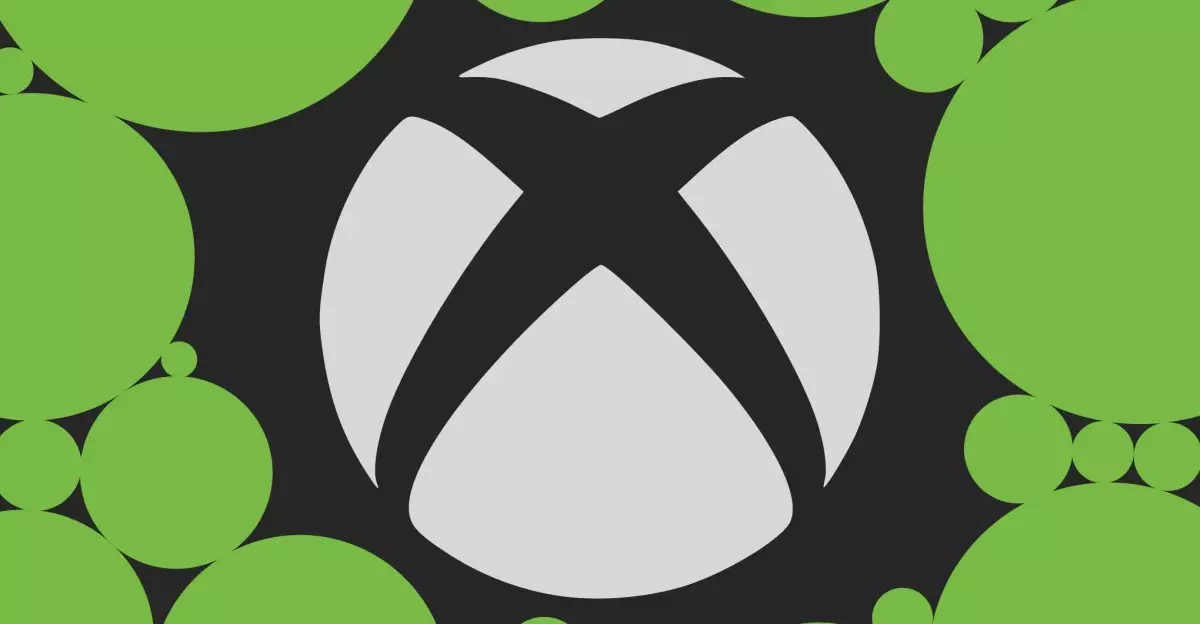The gaming industry is no stranger to price hikes, and Microsoft’s recent announcements about Xbox pricing adjustments have caused quite a stir. With new first-party Xbox games seeing an increase from $69.99 to $79.99, and significant bumps in console and accessory prices, the question arises: what does this mean for gamers, especially those who are loyal to the Xbox ecosystem? This article delves into the context of these changes, offering insights into their implications and the overall sentiment among the gaming community.
The Price Increases: A Closer Look
Microsoft’s decision to elevate the prices of its Xbox Series consoles, wireless controllers, and new game releases reflects broader economic trends, including inflation and production costs. The Xbox Series S (with 512GB) will leap from $299.99 to $379.99, while the more powerful Xbox Series X will see a $100 increase, bringing it up to $599.99. Similarly, the wireless controller is priced at $64.99, and the Xbox wireless headset now commands a whopping $119.99. The most staggering price tag belongs to the new 2TB galaxy black special edition model, which will retail for $729.99.
This adjustment isn’t just a standalone occurrence; it mirrors a trend observed across the gaming industry, with competitors like Sony also announcing price hikes. The synchrony of these adjustments raises eyebrows and invites speculation: are we witnessing the beginning of a new pricing paradigm for gaming hardware?
First-Party Game Prices on the Rise
The most notable shift for players lies in the pricing of first-party games. Moving to $79.99 aligns Microsoft’s prices with upcoming release titles from the Nintendo Switch 2, showcasing a new battlefield in game pricing strategies. As developers increasingly invest more resources into crafting expansive, immersive gaming experiences, the justifications for these price surges become clearer. However, a $10 bump also stirs conversations about accessibility and the rising cost of entertainment, especially for casual gamers or those with limited budgets.
It’s essential to question whether this increased investment translates to improved gaming experiences or whether it serves primarily as a mechanism to bolster profits amid the competitive market. Gamers may have to weigh their options carefully, balancing quality versus cost as they navigate future purchases.
The Stability of Xbox Game Pass Pricing
Interestingly, amidst these price hikes, Microsoft has decided not to increase Xbox Game Pass prices. This is a strategic choice that could signal their commitment to retaining subscribers and enhancing user loyalty. Maintaining the pricing on this widely popular service, which offers a plethora of games for a monthly fee, provides a valuable counterbalance to the rising costs of standalone game purchases and consoles.
The absence of a Game Pass price increase could suggest that Microsoft is betting on this service as a primary revenue stream rather than solely relying on hardware sales. As more gamers move towards subscription-based gaming, providing a more affordable and stable option can be a significant differentiator in a crowded market.
Global Implications and Market Dynamics
Price adjustments will not be limited to the United States; European markets, the UK, and even regions like Australia will experience similar increases. The Xbox Series S (512GB) will now retail for €349.99 and £299.99 in the UK, while its premium counterpart will rise to €599.99 and £499.99, respectively. Such adjustments hint at a global strategy that recognizes and adapts to regional economic conditions, albeit at the potential risk of alienating price-sensitive consumers.
However, these international adjustments also bring to light the discrepancies in gaming affordability across the globe. In markets where disposable incomes are lower, such price hikes could garner negative reactions and compel an exploration of alternative gaming options, including older models or different gaming platforms.
The Community’s Response and Future Outlook
The community’s response to these pricing changes has been mixed. While some supporters appreciate the high-quality experiences and exclusives that Microsoft continues to deliver, others express concern over the affordability and accessibility of future purchases. The discourse surrounding these price enhancements is essential in understanding the pulse of the gaming community.
As Microsoft continues to expand and evolve its ecosystem, it will be crucial to foster transparency and engagement with its user base. The balance they strike between profitability and player satisfaction may very well shape the future direction of their strategies, especially as they navigate an increasingly competitive landscape where value and price perception are more intertwined than ever.
In a rapidly changing environment, Microsoft’s game plan should resonate with, and more importantly, listen to its dedicated fans. The ultimate challenge will be to innovate and provide unparalleled gaming experiences while remaining sensitive to the evolving financial landscape of its consumers.


Leave a Reply